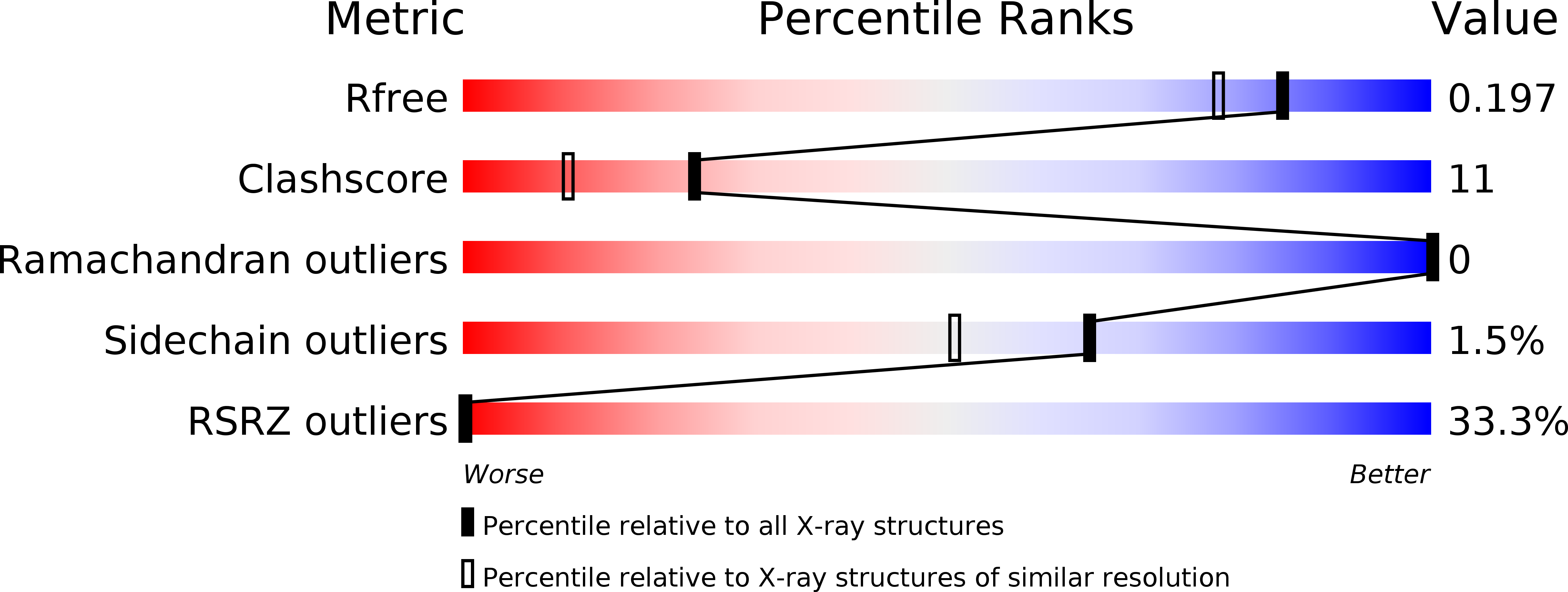
Deposition Date
2020-04-14
Release Date
2020-04-22
Last Version Date
2023-10-18
Entry Detail
PDB ID:
6WJP
Keywords:
Title:
Crystal structure of Arginine Repressor P115Q mutant from the pathogenic bacterium Corynebacterium pseudotuberculosis bound to arginine
Biological Source:
Source Organism:
Host Organism:
Method Details:
Experimental Method:
Resolution:
1.70 Å
R-Value Free:
0.19
R-Value Work:
0.17
R-Value Observed:
0.18
Space Group:
P 21 3


